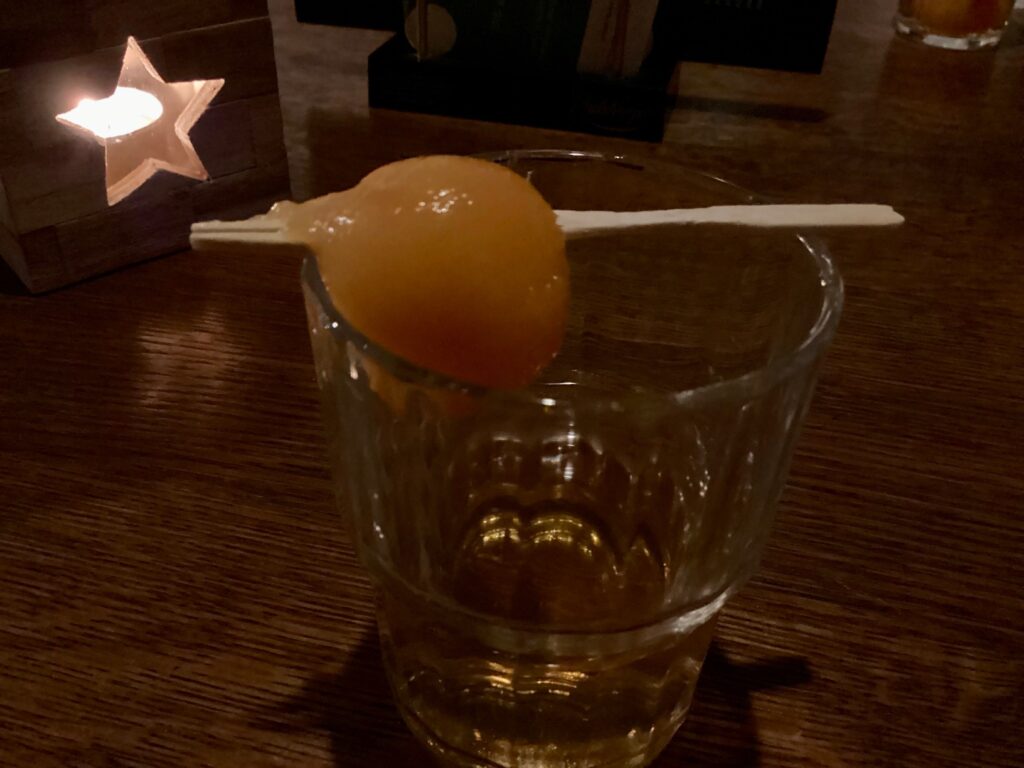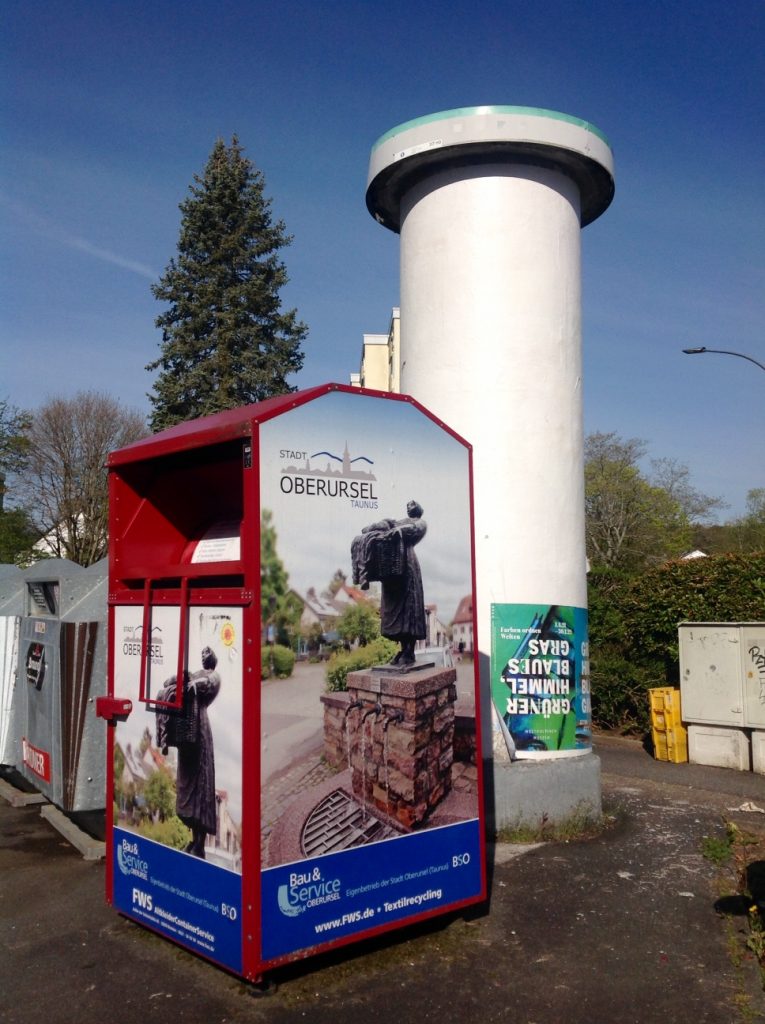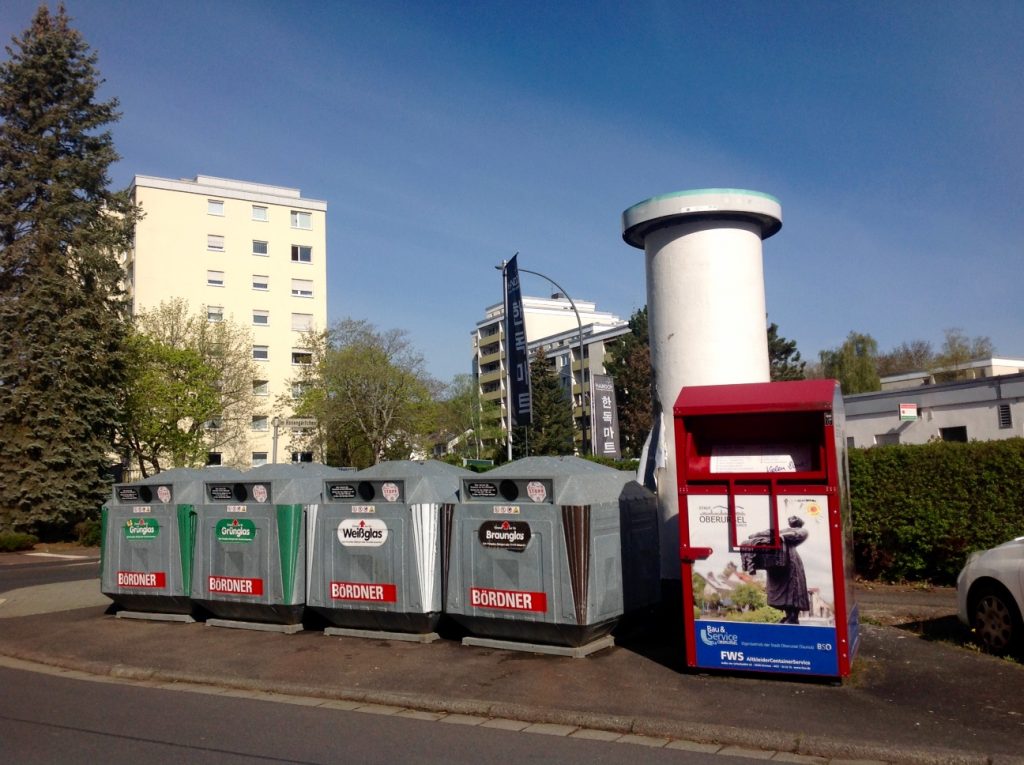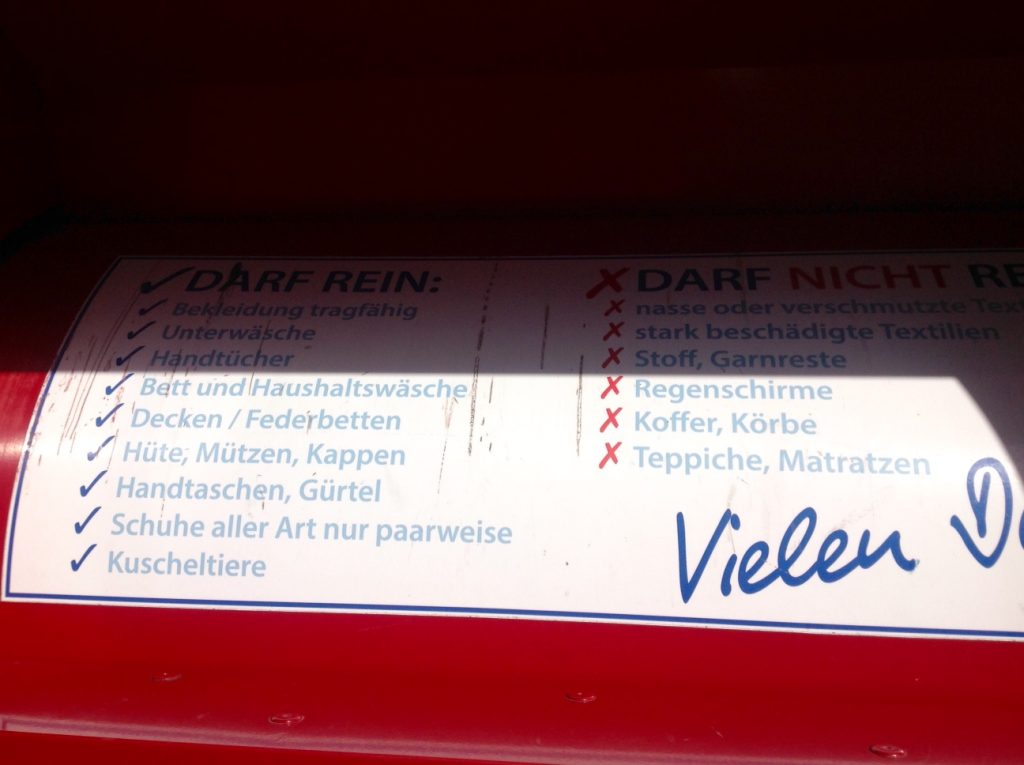Over the Christmas holidays, we had a visitor here from London, who showed me some photos taken in a local pub (here in Oberursel). It showed a big jar of orange-colored looking fruit sitting on the counter, and when she asked the bartender what type of fruit it was, he said it was similar to a pear.
Well, it is a Mispel (medlar). And when it becomes a drink, then it turns into a Mispelchen (small medlar).
The Mispelchen is a Hessian beverage specialty, which is mostly served in apple wine pubs around Frankfurt. This alcoholic drink is a combination of Calvados brandy and a marinated fruit, the so-called Mispel.
But for this drink, the Japanese Wollmispel is used instead of the locally grown Mispel.
The Japanese one actually does not belong to the Mispel family. It has a sweet and sour taste, and its aroma is mildly reminiscent of an apple or a peach.








